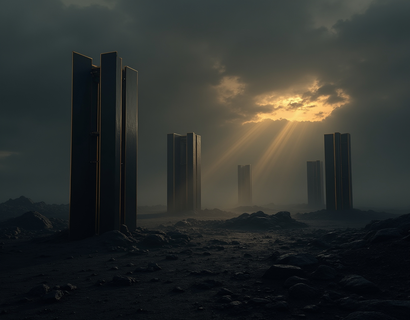Unlocking the Secrets of the Indus: A Deep Dive into Ancient Architecture, Culture, and Innovation
The Indus civilization, one of the oldest and most enigmatic of the ancient world, flourished around 2600 to 1900 BCE in the regions now known as Pakistan and northwestern India. This comprehensive guide aims to unlock the secrets of this ancient society, delving into its remarkable architectural feats, cultural practices, and technological innovations. The Indus civilization, also known as the Harappan civilization, left behind a legacy that continues to fascinate historians, archaeologists, and culture enthusiasts today. This article provides an in-depth exploration of the Indus civilization, highlighting its profound impact on modern society.
Architectural Marvels of the Indus Civilization
The urban planning and architecture of the Indus civilization are among its most impressive achievements. Cities like Mohenjo-Daro and Harappa exhibit a level of sophistication and organization that was unprecedented in the ancient world. The cities were built with a grid system, featuring straight streets and well-planned blocks. This advanced urban planning ensured efficient drainage, waste management, and a structured living environment.
One of the most notable architectural features is the advanced drainage system. Each house had a bathroom with a bathtub, connected to a sophisticated sewage system that ran beneath the streets. The drainage channels were covered and lined with bricks, preventing contamination and ensuring hygiene. This system was far ahead of its time and influenced later civilizations, including the Romans.
The buildings themselves were constructed using standardized bricks, which were baked to perfection. The use of standardized bricks ensured consistency and durability in construction. The Great Bath in Mohenjo-Daro, a large public bathing facility, is a testament to the civilization's engineering skills. This structure, with its stepped sides and elaborate drainage system, suggests a deep understanding of hydraulic engineering.
Cultural Practices and Social Structure
The Indus civilization had a complex social structure, though the exact hierarchy remains a subject of debate among scholars. The presence of large public buildings and granaries suggests a centralized authority, possibly a form of government or religious leadership. The society seemed to value uniformity and standardization, as evidenced by the consistent size and design of bricks and weights used for trade.
Religious practices of the Indus people are inferred from their artifacts and seals. The famous "Priest-King" statue, found in Mohenjo-Daro, depicts a figure with a headdress and a necklace, possibly representing a religious or political leader. The seals, often featuring animals and abstract symbols, were likely used for trade and religious purposes. The most common animal depicted is the bull, which may have had significant cultural or religious importance.
Art and craftsmanship were also prominent in Indus culture. Bead-making, pottery, and metalwork reached high levels of sophistication. Beads were made from various materials, including carnelian, lapis lazuli, and shell, and were used for adornment and trade. Pottery styles varied, from utilitarian vessels to intricate decorative pieces, showcasing the artistic skills of the Indus people.
Technological Innovations
The Indus civilization was a hub of technological innovation, particularly in metallurgy and trade. They were among the first to work with copper, bronze, and tin, producing tools, weapons, and decorative items. The discovery of a bronze statuette of a dancing girl in Mohenjo-Daro highlights their skill in metalworking. The use of the wheel for transportation and pottery further demonstrates their technological advancements.
Trade was a vital aspect of the Indus economy, extending as far as Mesopotamia and the Persian Gulf. The discovery of Indus seals in these regions indicates extensive trade networks. The standardization of weights and measures facilitated trade and commerce, ensuring fair transactions. This level of economic organization was remarkable for its time and laid the groundwork for future trade practices.
Impact on Modern Society
The legacy of the Indus civilization is evident in various aspects of modern society. The urban planning and drainage systems of Mohenjo-Daro and Harappa influenced later civilizations, including the Mesopotamians and the ancient Greeks. The concept of standardized weights and measures is still used today, a direct descendant of Indus practices. The attention to hygiene and public health in Indus cities sets a standard that modern urban planners strive to emulate.
Culturally, the Indus civilization has inspired a renewed interest in ancient South Asian history and heritage. The rediscovery of the Indus script has sparked debates and research into the language and literature of the civilization. This has led to a greater appreciation of the diverse cultural tapestry of the Indian subcontinent. The artistic and craft traditions of the Indus people continue to influence contemporary art and design.
In conclusion, the Indus civilization was a remarkable society that made significant contributions to architecture, culture, and technology. Its advanced urban planning, sophisticated drainage systems, and standardized trade practices set standards that have endured for millennia. The Indus people's legacy continues to inspire and inform modern society, serving as a testament to the ingenuity and creativity of ancient human civilizations.











































